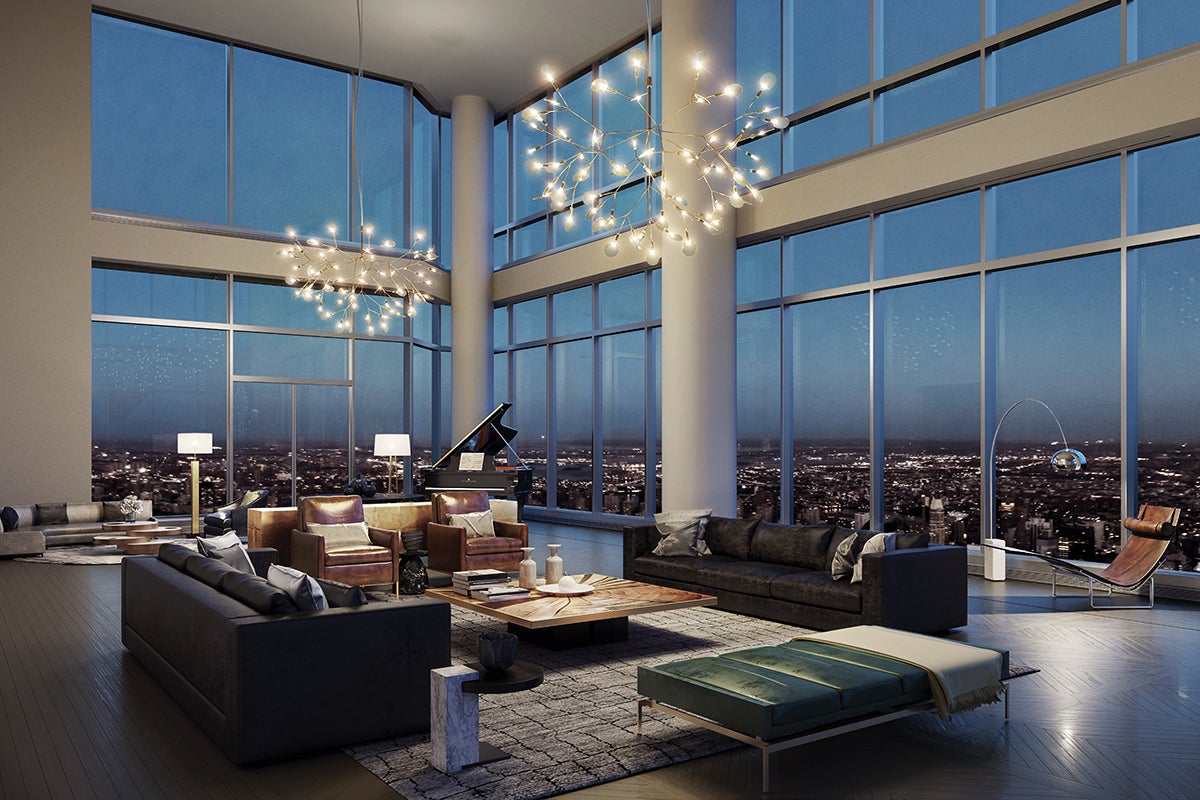If you’re looking for a marker of how closely intertwined real estate and interior design have become over the last two decades, watch the 1988 movie Big. There’s a scene in which Tom Hanks—playing a 12-year-old boy who has been zapped into a man’s body—checks out an empty shell of a SoHo loft for rent. (Spoiler alert: He snaps it up, and fills it with toys.) If the movie were made today, much would be different. For one, it’d be Ryan Reynolds instead of Hanks. For another, he’d be eyeing a professionally staged apartment, filled with tasteful furniture, stylish art and gleaming fixtures. The white box era of high-end real estate is over.
Real estate and interior design have always worked in tandem: Developers and agents rely on design talent to zhuzh up a listing or craft an enticing model unit; in return, they often act as a source of referrals. But in recent years, as the cultural appetite for interior design has increased, the relationship has gone from a friendly handshake to a warm embrace.
That’s especially true in New York. In the past, a new high-end building in Manhattan might have rolled out a marketing campaign that merely touted the idea of good design, in a generic, Edison bulb–y kind of way. Now, specific designers are chosen to match the tone of the neighborhood, or the character of a prospective buyer. Some model apartments look like they could slip fairly comfortably into the pages of Elle Decor.
Partly, it’s an audience thing. “The buyers here are extremely savvy,” says Nikki Hartle, design director at Manhattan-based development giant Extell. “Design and new buildings and real estate have become such a big part of New York life within the past 10 to 15 years. You want to differentiate yourself.” One way to do that? Model units by a buzzy designer.

BOH subscribers and BOH Insiders.










































